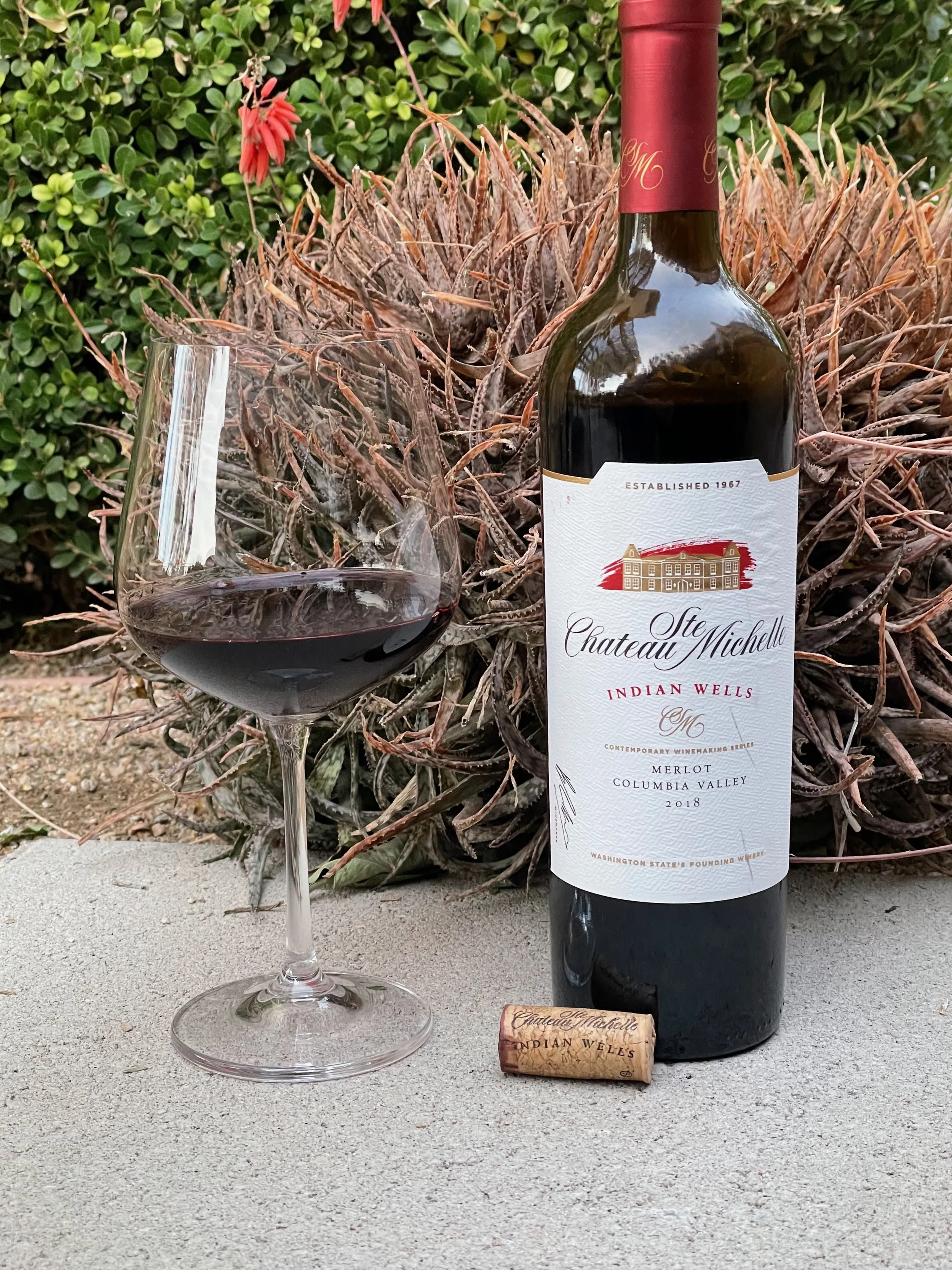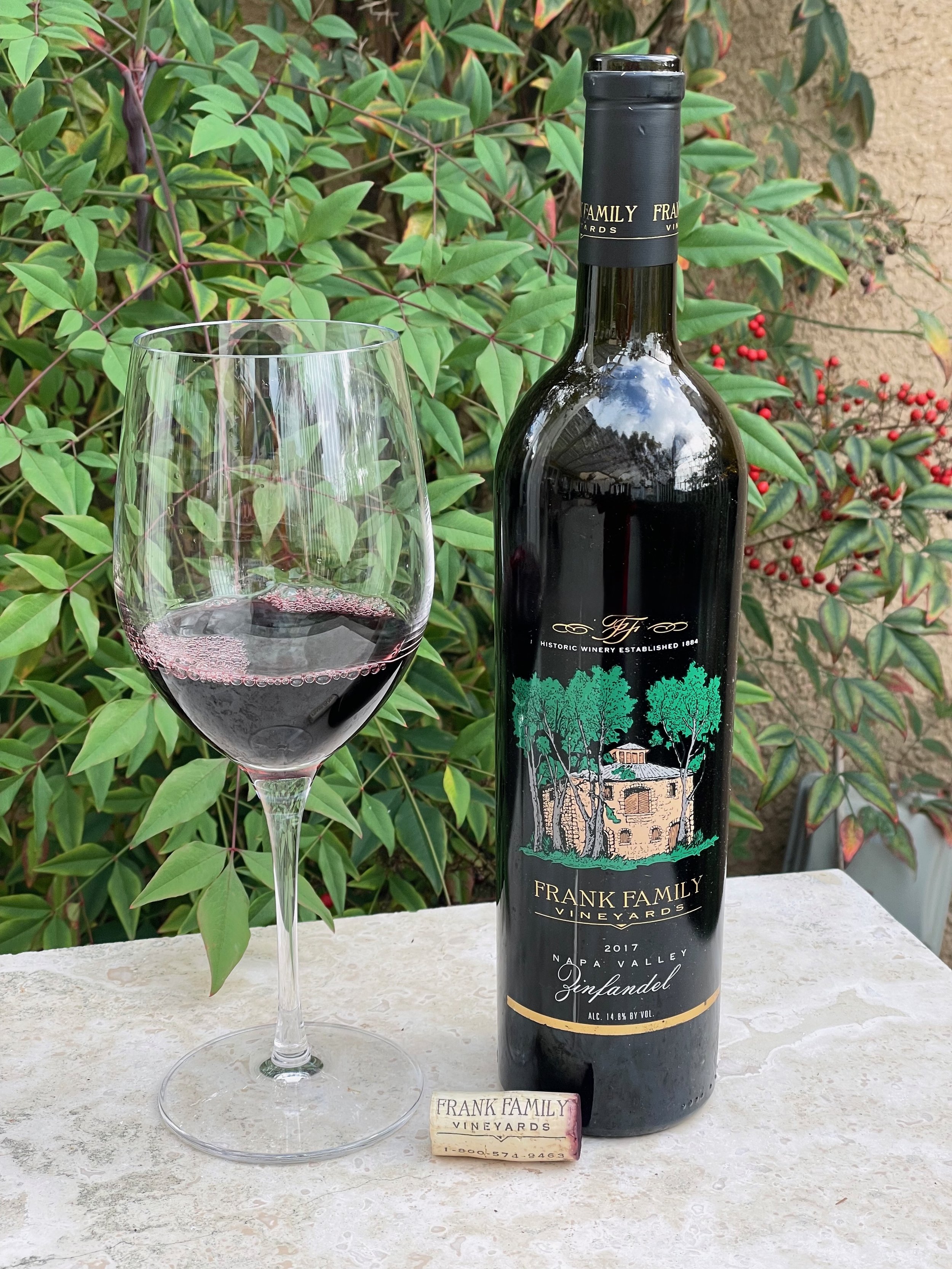Photo by Spencer DeMera on Unsplash
Pruning mature grapevines while they are dormant is crucial for healthy growth and bountiful production in the upcoming season. Pruning grapevines is an intricate blend of art and science. The art of successful pruning hinges on making decisions based on various factors that can differ from vine to vine, season to season, and vineyard to vineyard.
Experienced pruners must possess the ability to “read” the vines, comprehending its growth pattern from the previous year, its overall health, and its capacity to support a certain amount of wood.
Grapevines are comprised of two main parts - the “Old” wood (cordons or trunks) which is the permanent structure of the vine, and the “New” wood (canes) which are the flexible, yearly growth that will bear fruit in the upcoming season.
Pruning is a delicate balancing act that involves removing old, unproductive wood while leaving sufficient healthy new wood for the upcoming season’s growth. The objective is to ensure optimal airflow through the vines, adequate sunlight exposure, and ample space for new shoots to emerge.
Pruning is an art and a science, and it can take years to perfect. But, by cutting back in the right places and by just the right amount encourages strong new canes for fruitful growth come spring. A real art indeed!






